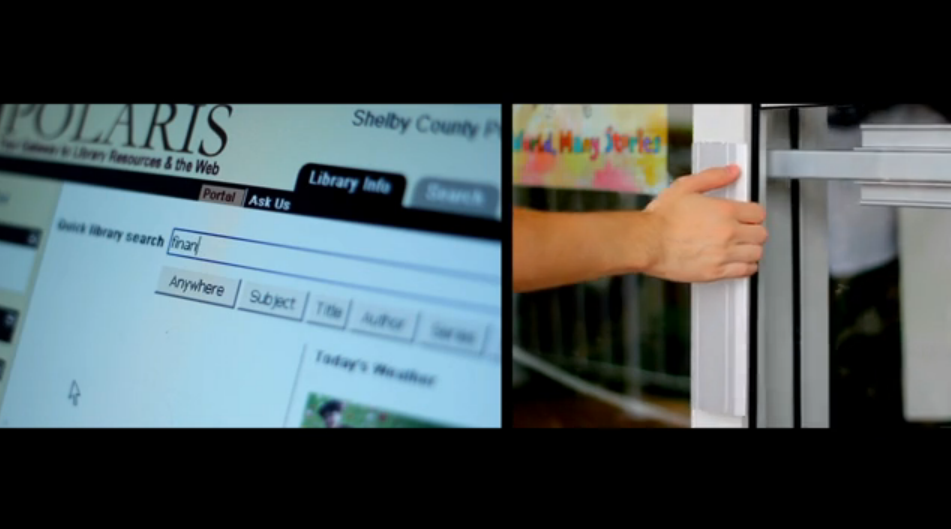Visual Style
While I was in college, one of my film production professors asked the class to write an essay, describing their own philosophies on film making. We had just concluded a study on Dogma95, and based on that topic, our professor wanted each of us to come up with our own treatise.
In this shot from a marketing video, I chose not to show the entire scene. Rather, I focused on small details to draw the viewer to those things in the frame that I felt were most important.
If you study other directors long enough, you will start to see patterns in the way they compose, light, and stage a scene. Consider this video essay about Stanley Kubrick. I know that I too have a visual style. I have a particular way that I like to approach a video project. However, sometimes that philosophy is hard for me to verbalize. Here are a few points in an effort to summarize my own visual style (Bear in mind that I do not use these tactics 100% of the time. These are simply general thoughts regarding my own visual style. I realize that each subject, each story, requires a visual approach that best fits that situation. I have, and will, adapt my style for the best interest(s) of the project):
Shallow depth of field helps to focus the viewer's attention to a particular part of the frame.
In this shot from another marketing video, the composition is slightly off center and I have placed the camera at an angle away from the desks, to avoid a flat, two-dimensional look.
High, or low-angle shots offer viewers a unique perspective and make the scene more visually interesting.
Draw the viewer in by focusing on that which is most important in the scene. I enjoy capturing the little details of a scene. A wide shot can be over-stimulating, if there is a lot going on within that scene. A viewer may not know what to look at. I like to find the beauty in the small, quiet details, and then shoot that.
Use shallow depth of field. This is an extension of my first point. A shallow depth of field brings into view only that which you want the viewer to pay close attention to.
Keep the camera moving. Whether on dolly rails, a slider, a jib, or something else, I like to move the camera through the scene. After all, it's "motion picture." For me, a moving camera is another layer that adds interest to a story. I'm not a big fan of pans and zooms, because the camera remains on the periphery of what's happening.
Give depth to your shot with camera placement. To me, a perfectly symmetrical shot, or a shot in which the camera lens is perfectly perpendicular to the subject creates a look that is flat; i.e. two-dimensional. I like to keep compositions slightly off-center and I like to avoid looking at the subject "dead-on." Whenever possible, I like for there to be activity in every visual plane of the shot.
Utilize high and low angles. I enjoy capturing those shots that reflect a point-of-view that viewers don't see everyday.
Take the time to carefully light each scene, to give each shot an artistic look. Although I'm dealing with motion picture, I also understand that each second of video is made up of 24 or 30 individual still frames. Each of those frames is its own still image. It should stand on its own as having artistic, photographic merit. And personally, I enjoy painting with light. I enjoy walking on to the location and determining how I am going to make this particular scene look its best.




